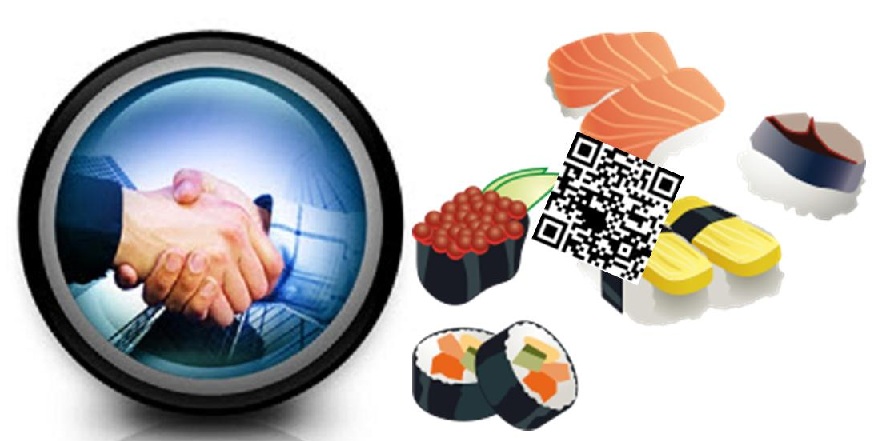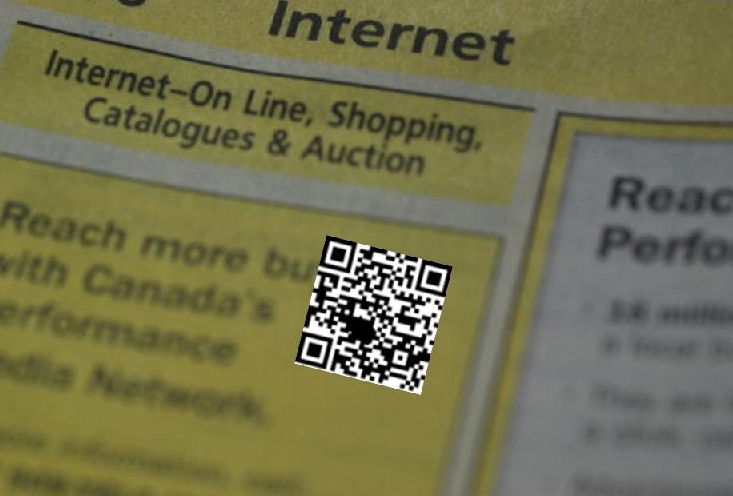 The barcodes are being used to celebrate the latest achievement between Moshi Moshi and the MSC.
The barcodes are being used to celebrate the latest achievement between Moshi Moshi and the MSC.
The first sushi bar in the United Kingdom that uses the conveyer belt style is celebrating an important milestone in its long standing relationship with the Marine Stewardship Council (MSC) through the addition of pieces featuring QR codes to its menu.
The restaurant has been partnered with the MSC for a considerable amount of time.
The sustainable seafood watch group has now certified the service of 10,000 sushi dishes at Moshi Moshi since the partnership began. The restaurant decided that this milestone should be celebrated in a unique way. It therefore decided to take on the task of designing a sushi dish that formed the shape of QR codes.
The QR codes are a part of the sushi and can actually be scanned in order to reveal more information.
By ordering the sushi QR codes, diners can use their smartphones to scan the barcodes and learn more about the fish that they are eating and where it was sourced. The design of the dish, itself, was quite complex and challenging as it was meant to create the code itself, and not simply have it stuck on top. Moreover, the barcode needed to be functional.
These unique QR codes were made up of sushi dish staples which included everything from squid ink to green tea powder. A scan redirects the user to a URL with content that is linked to the food on the plate. As the fish from the restaurant is MSC certified, this means that the diner will be able to learn more about this responsible and sustainable choice of meal.
Diners have been expressing considerable interest in the entire experience surrounding the sushi QR codes, starting from being able to watch the chefs carefully construct them in order to make certain that they work, all the way to the point that they can be scanned and, of course, eaten. These are, after all, entirely edible works of art and they are meant to be observed, scanned as well as to be consumed and enjoyed.

 The Sawyer County Record has just announced the inclusion of quick response barcodes.
The Sawyer County Record has just announced the inclusion of quick response barcodes.